Trump fuels U.S. anti-vaccination ideas, movement
The Health Corner
As far back as I can remember, I have always left the doctor’s office with Band-Aids on my arm and stickers in hand following each vaccine I received—well, until I got older and thought I was too cool for the stickers.
I never enjoyed getting a needle prick, but I knew the vaccines were going to protect me and help keep me healthy, as the nurse and my mom would always reassure me.
However, some people think differently.
Many of these people are hesitant about getting vaccinated and are part of the “anti-vax” movement. One individual who has shown support to the anti-vax movement and has chosen to disregard the science behind vaccines is President Donald Trump, according to a Feb. 2017 article from the New York Times.
According to the New York Times article, many individuals fear that his new administration could potentially provide official recognition to this particular movement.
This support would potentially cause more individuals to doubt the science and side with our nation’s leader.
But members of Congress, including Senator Lamar Alexander and Senator Patty Murray, are resisting the “Anti-Vax” movement since they personally value the safety and effectiveness of vaccines, according to the article.
Vaccines allow for immunity against diseases, the U.S. Department of Health & Human Services said. Vaccination is the injection of a killed or weakened organism that produces an immunity against future infection.
Senior Ragnar Clarke, a biology student, said that after gaining a thorough understanding of biology during his studies, he thinks vaccines should be mandated.
“No scientific studies, with the exception of having an extremely rare allergic reaction to them, have shown detriments to being vaccinated,” Clarke said.
But sophomore Sarah Lubic disagreed with Clarke, saying that the choice to be vaccinated is a personal one.
“No matter how much research goes into it or how many benefits there might be,” she said, “there’ll always be people who refuse them and it would be a dangerous precedent to set if they were made mandatory.”
According to the CDC, vaccines do carry a rare risk of anaphylaxis when administered.
However, they have also proven to be safe and effective, helping protect both individuals and the community from diseases like measles, whooping cough, polio and cervical cancer, according to the U.S. Department of Health & Human Services.
In order to ensure that members of the community are protected from preventable diseases, state laws establish vaccination requirements for schoolchildren, according to the CDC.
All states provide medical exemptions, while some state laws also offer exemptions for religious and philosophical reasons.
In the 2012-2013 school year, two to three percent of kindergartners had non-medical exemptions in Vermont, according to the CDC.
In 2012, individuals in most New England states had only some difficulty obtaining a vaccine exemption, requiring only a healthcare professional’s signature, according to the New England Journal of Medicine.
Although these numbers may seem small, for every individual not vaccinated, there is a potential risk for an outbreak.
One of the major reasons people choose not to vaccinate themselves or their children is because they think the vaccines could potentially have the opposite effect, causing harm, according to the CDC.
A major concern for many is the idea that vaccines were thought to be linked to autism, which has proven to be false in many studies.
Despite these scientific findings, an increasing amount of people still go vaccine-free, according to a 2012 BBC article.
I am personally going to side with my biology textbooks and the monumental amount of scientific research available.
I thank the members of Congress for beginning to resist Trump’s potential support of the “anti-vax” movement, I thank the scientists for their tireless dedication and research and I thank my mom for getting me vaccinated as a kid.
They are all helping to protect this community against diseases that can be effectively and safely prevented.


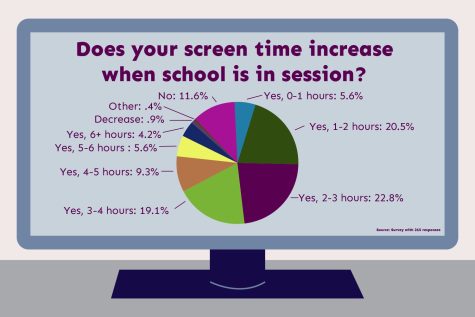
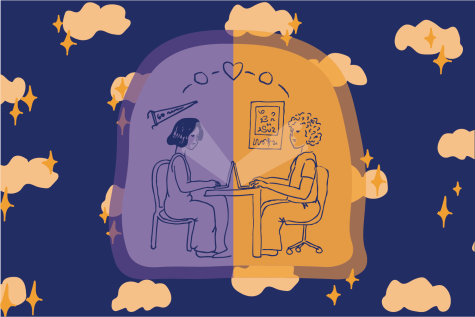
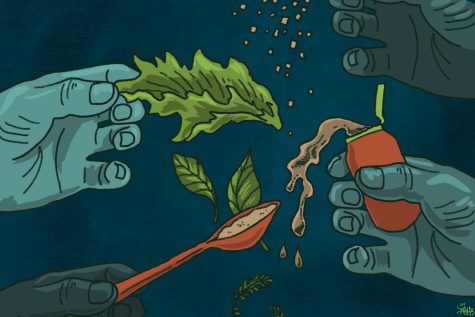
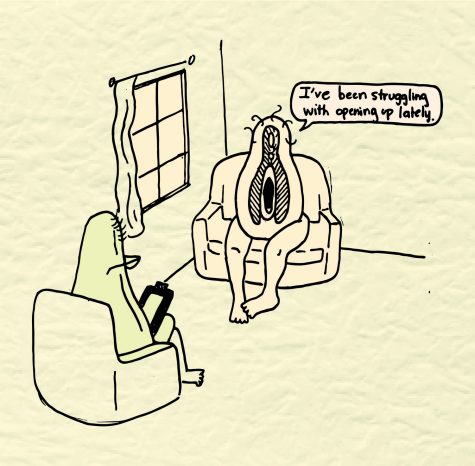




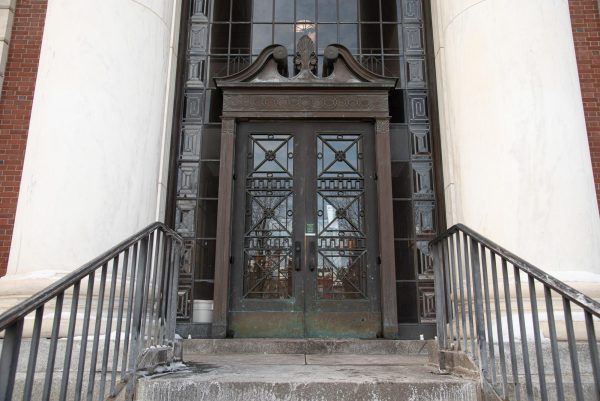
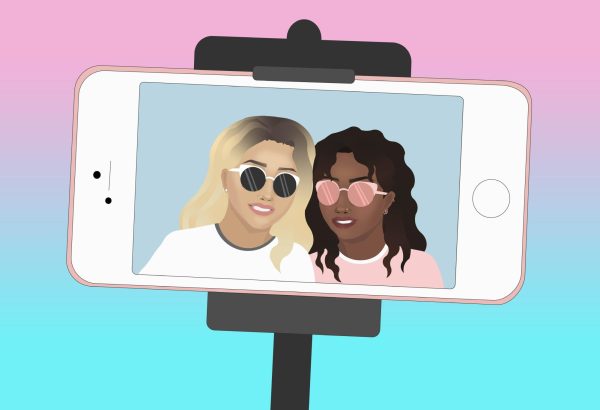
Mark Wax • Mar 31, 2017 at 10:16 am
“Vaccines Are Unavoidably Unsafe”
Don’t take my word for it. These are the words of Justice Scalia in Bruesewitz v. Wyeth, LLC in a Supreme Court decision in 2011. Unfortunately, due to the protections afforded the vaccine maker in the National Childhood Vaccine Act of 1986, the Court ruled against a vaccine injured plaintiff in the case. How?
In the 1980s, children were having adverse reactions to the DTP (diphtheria, tetanus and pertussis) vaccine. Lots of lawsuits were being filed against docs and vaccine manufacturers. This caused the pharmaceutical industry to threaten pulling out of the vaccine market, and the alarm bells rang that the nation’s health and safety were at risk. Why were vaccine manufacturers getting ready to take their ball and go home? Because vaccines fall into a class of products considered “unavoidably unsafe.” I am not kidding you. This “unavoidable” word comes from the National Childhood Vaccine Injury Act itself “products which, in the present state of human knowledge, are quite incapable of being made safe.”
In 1986, Congress decided on a way to compensate folks for these avoidable injuries and death. It is called the National Vaccine Injury Compensation Program. From 2001 until 2011 the program has compensated about 2500 families a total of $2 billion. There has been close to $4 billion paid to date since inception. But, that represents only a small fraction of those who actually brought claims to the Vaccine Court. You see, there is a 36 month window to bring the claim. There is no “tolling” granted for minors, unlike all the Civil Courts in the U.S. Guess what? Neurological injuries may not present in infants for long after 36 months. Furthermore, who knows how many cases were never brought by attorneys on behalf of a vaccine injured child, because the statute of limitations ran out?
Don’t let anyone tell you that vaccines don’t cause injury. They have, they do and they will do so in the future. For years, Thimerosal was used as a preservative in multi-dose vials. While still proclaiming it “safe”, vaccine makers “voluntarily” removed Thimerosal. It is still present in trace amounts and in flu vaccine. Thimerosal was never approved by the FDA, as the patents predated the establishment of said regulations. Worried?
With nearly 6,000 cases pending the USCFC held the “Omnibus Autism Hearings.” They decided not to make “autism” a “table injury.” How convenient. Since there would never be enough money to pay for all who claim an “autism” injury. But, there have been many cases compensated for “encephalopathy” as a diagnosis with reference to autism. You can read it: http://digitalcommons.pace.edu/cgi/viewcontent.cgi?article=1681&context=pelr
For the record, I am not “anti-vaccine.” Both of my children were fully vaccinated. Unfortunately for us, our son was neurologically disabled by vaccines. It is indisputable, yet the government and the vaccine makers still think that there is a “greater good” to be served. They may be right. But, let’s not fool ourselves. Vaccines can be made safer. It is about money.
Dorit Reiss • Mar 30, 2017 at 9:58 pm
Left out link:
http://pediatrics.aappublications.org/content/early/2014/06/26/peds.2014-1079
Dorit Reiss • Mar 30, 2017 at 9:57 pm
Well, vaccines have a few other very rare side effects. But your main point is spot on: vaccines’ very small risks, the very rare harms from them, are far outweighed by their huge benefits in live shows saved and suffering prevented. Thanks for saying that.
Here is a recent review of risks, if it helps.